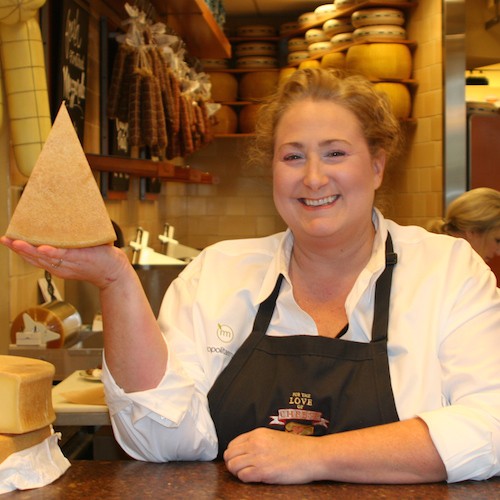
Most people today aren’t aware that cheese has a season. Advances in cheesemaking and animal husbandry have made it possible to produce cheeses all year long, but we’re now seeing a resurgence of artisan cheesemakers offering cheeses only when the milk and cheeses are at their best.
Each year, we wait with baited breath for the release of different seasonal cheeses. One of my favorites is Rogue River Blue from Oregon’s Rogue Creamery. The rich blue cheese is wrapped in pear brandy–soaked grape leaves, then aged for one year. After October 1, I call every week to ask, “Is it ready yet?”
Uplands Cheese’s Rush Creek Reserve is another seasonal favorite made only in the autumn, using the protein-rich milk that’s produced as the cows switch from fresh grass to winter’s dry hay. Inspired by France’s Vacherin Mont d’Or, it’s bound in spruce bark, which imparts a sweet, woodsy flavor; the custard-soft paste has a delicate richness reminiscent of cured meat.
When shopping your local cheese counter this winter, ask, “What’s in season?” These wonderful cheeses are often produced in small, limited batches, so don’t miss out!




